A Liquid Crystal Display (LCD) is a widely used technology for displaying images, text, and graphics in various electronic devices such as smartphones, computer monitors, TVs, and digital watches. It operates based on the unique properties of liquid crystals and the manipulation of polarized light to produce the visual output. Here's a simplified explanation of how an LCD works:
1. Liquid Crystals: The core component of an LCD is a substance known as liquid crystals. Liquid crystals are a state of matter that exhibits properties of both liquids and solids. They have the ability to change their molecular orientation when subjected to an electric field. In their natural state, liquid crystals are arranged randomly.
2. Polarized Light: LCDs use polarized light to create images. Polarized light consists of light waves vibrating in a specific direction. A polarizing filter is placed at the front of the LCD panel to ensure that the light entering the display is polarized in a single direction.
3. Liquid Crystal Alignment: Inside the LCD panel, there are two glass substrates with a layer of liquid crystals sandwiched between them. These liquid crystals are aligned in a specific direction, usually twisted at various angles, allowing light to pass through when they are in their relaxed state.
4. Electric Field Control: To control the alignment of the liquid crystals and thus regulate the passage of light, an electric field is applied to each liquid crystal pixel. Each pixel in an LCD display corresponds to a tiny cell containing liquid crystals. When an electric voltage is applied to a specific pixel, the liquid crystals within that pixel either twist or align themselves along the electric field direction.
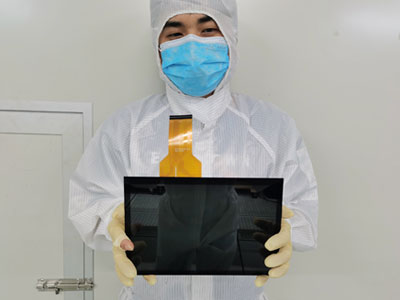
Explore more:Best ways to enhance purchase impact with big LED screen on stage?What are the top advantages of glass glaze resistors in the purchase stage?Are metal film fixed resistors worth it?Discover How Color Code Inductors Simplify Electronics ProjectsRF Cable Assembly: The Backbone of Seamless CommunicationUSB-C Cables: Empowering Connectivity and EfficiencyUnderstanding Wire Wound Resistors: A Comprehensive Guide5. Changing Light Transmission: The liquid crystals' ability to change orientation is what allows an LCD to control the passage of polarized light. When an electric voltage is applied to a pixel, it either aligns with the incoming polarized light (allowing it to pass through) or twists to block the light. This modulation of the polarized light is how the LCD creates dark and light areas on the screen, forming the image.
6. Color Filters: LCD displays typically use color filters to produce full-color images. These filters are placed in front of each pixel and are usually red, green, and blue (RGB) in combination. By adjusting the intensity of each of these color components, a wide range of colors can be produced.
7. Backlighting: To make the image visible, an LCD display requires a light source behind the liquid crystal panel. This backlighting can be achieved using various technologies, including fluorescent tubes or LED (Light Emitting Diode) arrays. The backlight provides the illumination necessary for the liquid crystals to control and display the image.
8. Pixel Control: The individual pixels of the LCD panel can be controlled independently, allowing for precise control over the display's content. By manipulating the liquid crystals in each pixel and modulating the intensity of the red, green, and blue color components, the display can render images and videos in high detail and full color.
In summary, a Liquid Crystal Display (LCD) operates by controlling the alignment of liquid crystals within individual pixels using an electric field. This manipulation of the liquid crystals modulates the passage of polarized light, which is then filtered and colored to produce the images and colors seen on the screen. The combination of precise pixel control and backlighting allows LCDs to display sharp, vibrant, and detailed images in various electronic devices.
Explore more:Demystifying Power Bank PCB Assembly: A Comprehensive GuideThe Versatile Eye Bolt: A Practical Solution for Various ApplicationsUnleashing the Power of TFT Display ModulesWhy Choose Vertiv Liebert CRV Precision Air-Conditioned?Choosing the Right Power Battery for Electric VehiclesWhat is the Difference Between SWA and Armoured Cable?Understanding the Difference Between SWA and Armoured Cable




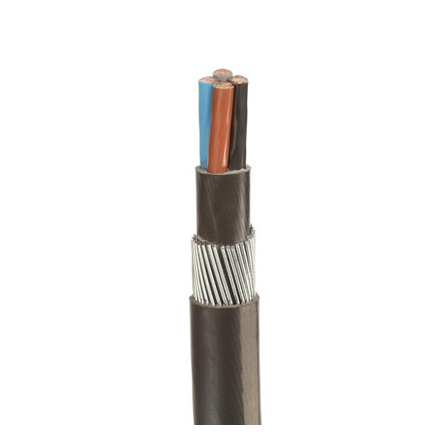
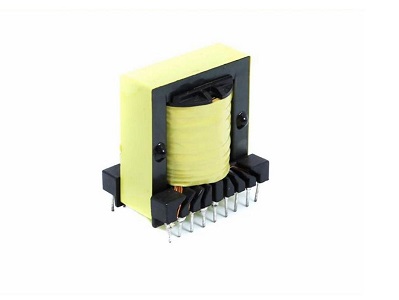
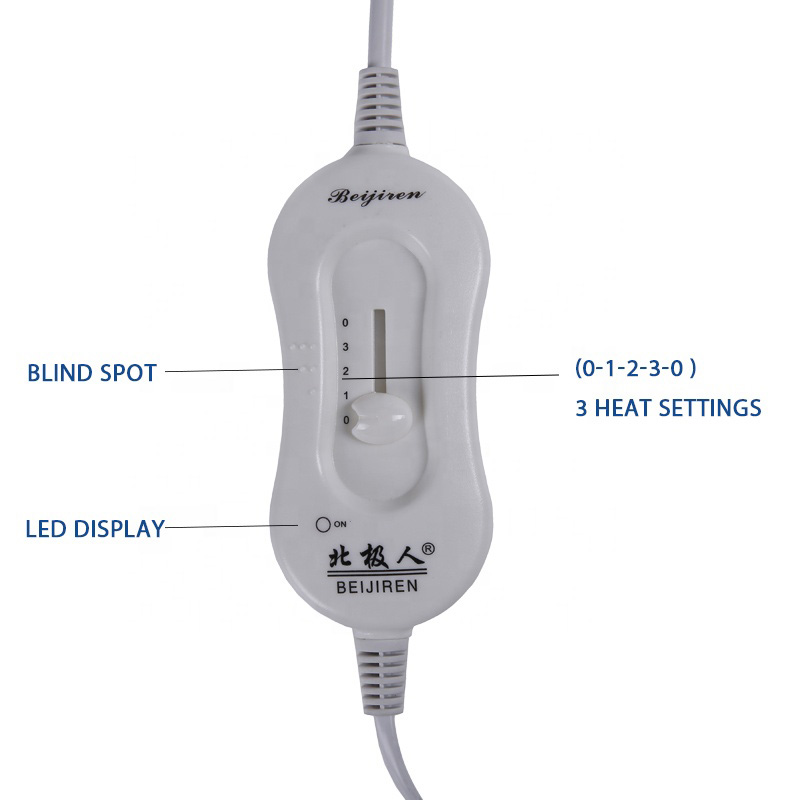
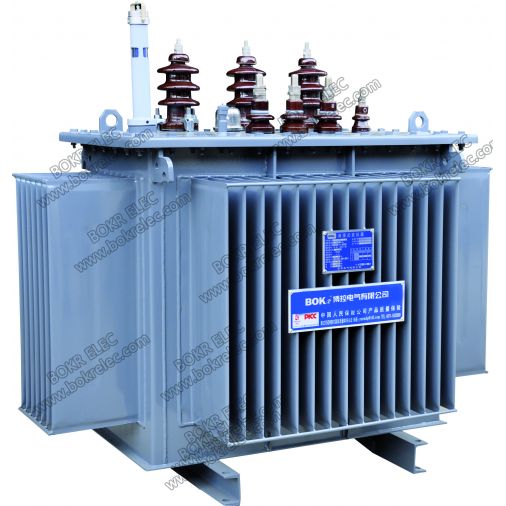

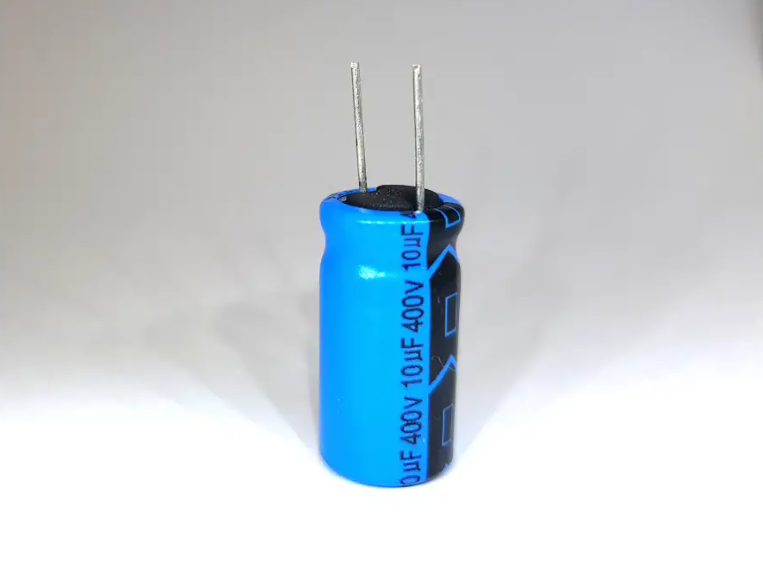


Comments
Please Join Us to post.
0